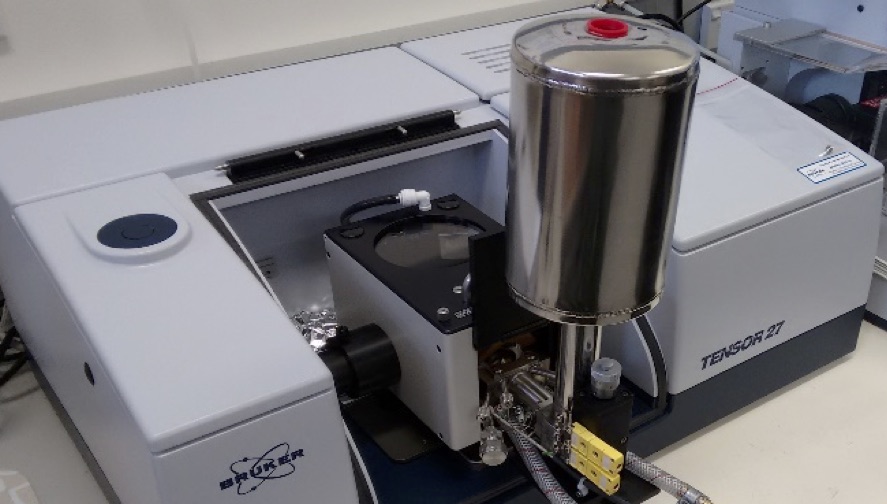Changes to Chemistry and Mineralogy in the Environment
These projects aim to monitor how environmental processes change chemistry and mineralogy both in the field and in lab simulations using spectroscopy. The projects can be adjusted for different levels of students.
Project status
Content navigation
About

Projects
When rocks are exposed to water and air at the surface they weather. Some minerals in rocks weather to create acidic solutions that carry toxic metals and form new minerals (e.g., pyrite may form sulfates and/or oxides). Some minerals take up CO2 from the atmosphere, storing this harmful greenhouse gas in carbonate minerals (e.g., brucite + CO2 forms magnesite). Other minerals barely change at all. The weathering rate controls how fast vast mountain chains erode; how biota access essential nutrients or toxins; and how fast chemical and mineralogical changes occur on Earth’s surface or in storage (museums, core sheds, etc.); and finally, how the stability of a mine site is assessed.
Students are sought for research projects in this area that will provide them expertise valued by industry and government. It is highly likely that students will work with off-campus professionals. A variety of projects are available with appropriate scope for PhB, Honours, Masters or PhD degrees. Students who might be interested in the projects may have undergraduate degrees in Earth Sciences, Chemistry, Environmental Science, Materials Science, or Engineering. At RSES, students will have access to state-of-the-art analytical and experimental facilities (rses.anu.edu.au/research/facilities and xct.anu.edu.au) and a vibrant student population (oncirculation.com).

Possible Future Research Avenues
Available projects aim to investigate the rates of weathering of minerals and rocks resulting in the deposition of secondary minerals. Reaction rates for both rocks and minerals will be investigated “in situ” using complementary techniques: infrared and Raman spectroscopy. Reactions will be monitored as they occur so that reaction rates and processes can be determined. The results may be compared to drill core that has been exposed at the Earth’s surface under known conditions (duration, temperature and humidity) to place further constraints on weathering rates.
Some examples of potential projects include:
- How fast does pyrite react to form sulfate minerals under different temperatures and relative humidities?
- How does fast does pyrite in a black shale react under different temperatures and relative humidities?
- How fast does magnesite form from brucite in the presence of different amounts of CO2 and H2O?
- What are the controls on carbonation in serpentinites?
- How do experimentally-derived reaction rates relate to regolith development revealed in drill core?
Interested applicants should send an e-mail, preferably with a CV or resume and academic transcript, to Dr. Penny King (penny.king@anu.edu.au).

